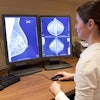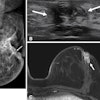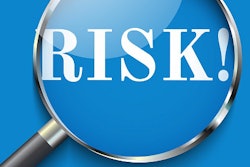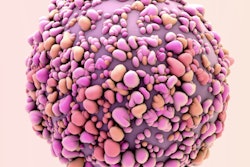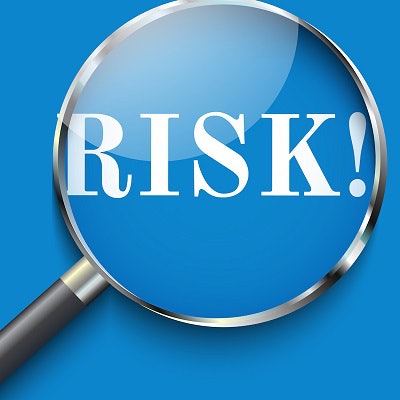
Patient age, breast density, and radiation exposure are among the strongest, direct risk factors for breast cancer, according to a new etiology model published on July 8 in Cancer Epidemiology, Biomarkers & Prevention.
The model, called Paradigm II, was created by a team of multidisciplinary experts and features 93 biological, behavioral, social, and physical relationships that influence breast cancer risk. It's an update to a 2014 model by the same team and includes new risk factors, such as genetic ancestry and genetic polymorphisms.
"Even though breast cancer can be treated successfully if caught early, we're looking for the best ways to prevent it in the first place," stated lead author Dr. Robert Hiatt, PhD, a professor of epidemiology and biostatistics at the University of California, San Francisco (UCSF) and associate director for population science at the UCSF Helen Diller Family Comprehensive Cancer Center, in a press release.
Age, breast density, radiation exposure, and high-penetrance genes, including BRCA 1 and BRCA 2 mutations, were the four factors with a strong, direct effect on breast cancer risk in the new model.
Out of these factors, age was the strongest overall risk factor for breast cancer. Age also influenced many other risk factors either directly, such as age at first birth, or indirectly, such as postmenopausal hormone replacement use.
Behavioral and reproductive factors, such as tobacco use and number of births, had a distinct but smaller effect on breast cancer risk. Meanwhile, alcohol and diet only had a weak or modest influence on breast cancer risk. Diet-related risk was most prominent for phytoestrogens in soy and carotenoids from red- or yellow-pigmented fruits and vegetables.
Obesity also had a modest association on postmenopausal, but not premenopausal, breast cancer risk. The association may not be related directly to obesity, but rather because obesity can contribute to other known breast cancer risk factors, such as insulin resistance and increased circulating hormones in older women, according to the researchers.
As for chemical risk factors, the endocrine-disrupting chemicals of polyaromatic hydrocarbons (PAH), polychlorinated biphenyls (PCB), and benzene had a link to breast cancer in the model. Bisphenol A (BPA) also showed a link to carcinogenicity in animal studies but not human ones.
"As research is increasingly moving toward more precision in prevention, interactions between factors help to identify subgroups at the highest risk and appropriately tailor prevention and screening strategies," the authors wrote.
The multidisciplinary panel behind Paradigm II included breast cancer advocates, breast cancer biologists, geneticists, epidemiologists, and public health experts. The panel met six times in two years to review the scientific literature and create their framework.
While the panel created the model using the latest science at the time, there was not enough research during drafting to incorporate breast cancer subtypes, such as Luminal A/B or triple negative. As a result, the model is specifically tailored to female invasive breast cancer and, most often, estrogen receptor-negative breast cancer.
Nevertheless, the model underscores important relationships that influence breast cancer risk as well as knowledge gaps for future research. Although it cannot be used for diagnosing or treating individual patients, the model can shed light on which risk factors individuals can control and which are influenced by broader public policy.
"We hope that together, the paper and online model will stimulate discussion and decision-making," Hiatt stated. "We also want to highlight areas where more research is needed in order to increase our understanding of breast cancer prevention and control."


